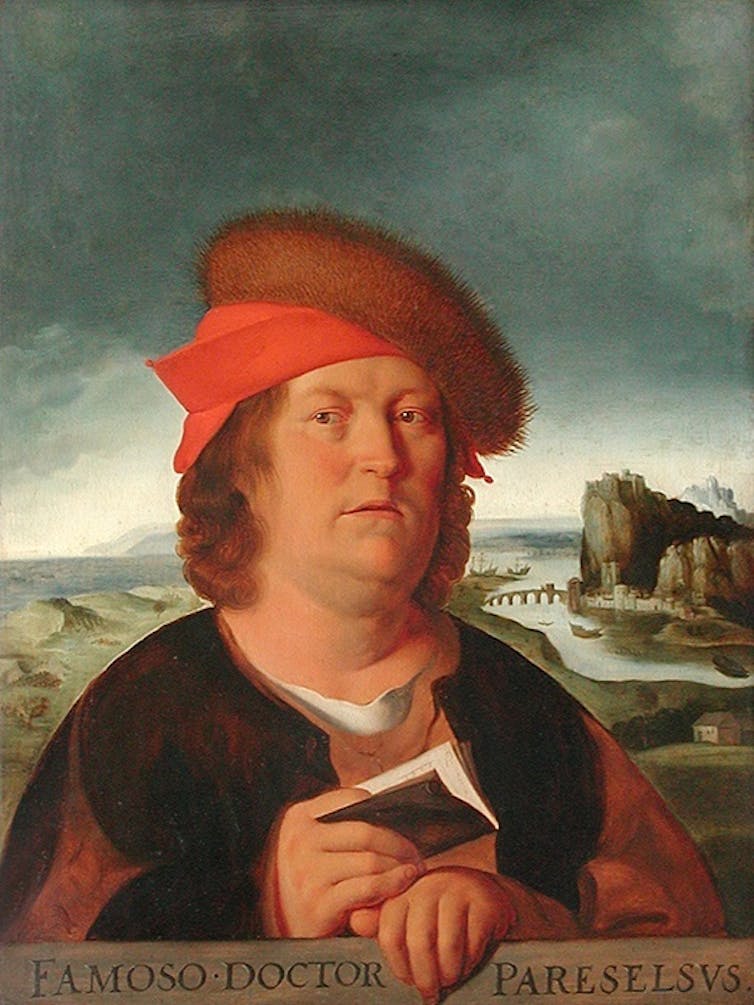
Someone named Philippus Theophrastus Aureolus Bombastus Von Hohenheim would hardly be expected to be a shy, retiring type. Even his self-appointed nick name, Paracelsus, which means “beyond Celsus”, was hardly self effacing. Paracelsus was claiming to surpass the famed Roman doctor Celsus. No wilting violet, Paracelsus was a larger-than-life opinionated iconoclast. Like his much quieter contemporary, Copernicus, he lit a fuse that would lead to a revolution after his death.
Paracelsus is considered the father of modern medicinal chemistry and toxicology. It was Paracelsus who coined the term “it is the dose that makes the poison” (although he probably said it in Latin - Sola dosis facit venenum is much cooler).
He was also an Alchemist. Today we associate Alchemy with mystical quests to turn lead into gold (or Harry Potter). But medicine then was very different to today. After all, one of Galileo’s duties was to teach celestial dynamics to medical students, so that as doctors they could cast their patients’ horoscopes. There was also a strong practical Alchemical tradition which dealt with everything from making perfumes to medicines.
In a world where the ancients ruled, and diseases were thought of in terms of opposing humours, Paracelsus tried to base medicine on observation and experiment. He rejected the standard complex medications, which were mixtures of sometimes up to 50 ingredients, in favour of simpler medications based on pure substances.
Paracelsus’ “poisons” included salts of zinc, tin and mercury. Theses medications may seem somewhat heroic to us today, but faced with insanity and death from tertiary syphilis, taking mercury until your teeth started wobbling in their sockets was seen as a reasonable trade off (sexual abstinence didn’t seem to occur to them, a salutary lesson to anyone trying to teach sexual hygiene today).
Paracelsus’ poisons are still with us, we no longer use mercury to treat syphilis, and the mercury-containing Mercurochrome antiseptic that stained my generations knees red has been replaced with iodine, but pure medicines containing gold, silver, platinum and other metals are used to treat everything from arthritis to cancer.
But his poisons are still with us in a broader sense, since Paracelsus’ poisons are, well, everything. True, it does take a bit of effort to kill yourself by drinking carrot juice or water, but it can and has been done. Much has changed since Paracelsus’ day, due to the culture of observation and experiment that he helped start, but his central idea that the dose makes the poison underlies our decisions on safe limits of chemicals in the environment and whether the risks associated with drugs outweigh their benefits.
If people were more familiar with Paracelsus’ maxim, they would panic less about exposure to traces of formaldehyde smaller than what their body makes though normal metabolism, and be less likely to slam back energy drinks until they get toxic effects.
Thus this column is titled Paracelsus’ poisons, where I will keep an eye on drugs, toxins, venoms, environmental chemicals and what they mean for us.
